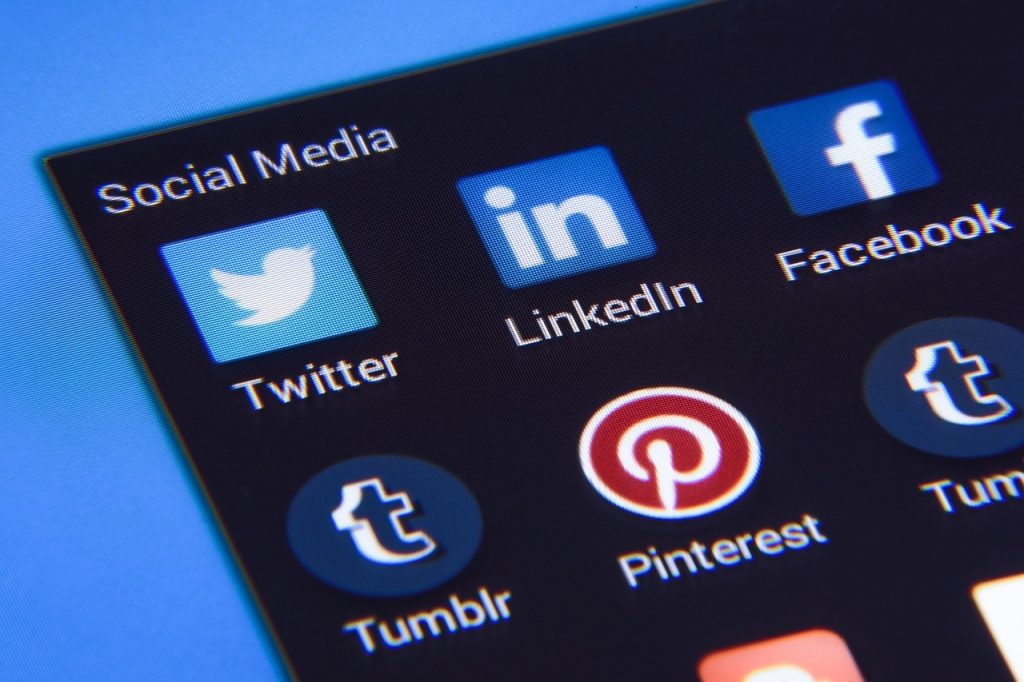Table of Contents
In the age of social media, influencer marketing has emerged as one of the most powerful strategies for brands to connect with consumers. By leveraging the reach and credibility of individuals who have built substantial followings on platforms like Instagram, YouTube, TikTok, and Twitter, companies are finding new ways to engage with their target audiences in authentic and impactful ways. This article explores the rise of influencer marketing, its effectiveness, the types of influencers, and the future of this dynamic marketing strategy.

Understanding Influencer Marketing
Influencer marketing involves partnering with individuals who have a strong following on social media or other online platforms to promote products or services. These influencers leverage their personal brand and credibility to reach their audience, often creating content that integrates the brand’s message in a natural and relatable manner.
Several factors have contributed to the rise of influencer marketing:
- Social Media Proliferation: With billions of active users across various social media platforms, brands have unprecedented access to a global audience. Influencers, who have amassed significant followings, serve as a bridge between brands and potential customers.
- Consumer Trust: Influencers are perceived as more relatable and trustworthy compared to traditional advertising. Their recommendations are often seen as genuine and unbiased, making them effective at swaying consumer opinions and driving purchasing decisions.
- Targeted Reach: Influencers often have niche audiences, allowing brands to target specific demographics and interests with precision. This targeted approach helps brands reach potential customers who are more likely to engage with their products or services.
- Content Creation: Influencers are skilled content creators who produce engaging and high-quality material. Brands benefit from their creative expertise, which can enhance the effectiveness of marketing campaigns.
Types of Influencers
Influencer marketing encompasses a range of influencer types, each offering different benefits:
- Mega-Influencers: Mega-influencers have large followings, typically in the millions. They are often celebrities or public figures with extensive reach. While their visibility is high, their engagement rates may be lower compared to smaller influencers. Brands often use mega-influencers for widespread brand awareness campaigns.
- Macro-Influencers: Macro-influencers have followings ranging from hundreds of thousands to a few million. They are typically experts or prominent figures in specific fields. Their influence is significant, and they often have a strong impact within their niche. Macro-influencers are valuable for both brand awareness and targeted promotions.
- Micro-Influencers: Micro-influencers have smaller followings, usually between 10,000 and 100,000. Despite their smaller audience, they often have high engagement rates and strong relationships with their followers. Their content tends to be more relatable and authentic, making them effective for niche marketing and building trust.
- Nano-Influencers: Nano-influencers have followings of fewer than 10,000. They are typically everyday people who have a strong influence within their immediate circles or communities. Brands leverage nano-influencers for hyper-local or highly targeted campaigns, benefiting from their close-knit relationships and high engagement rates.
Effectiveness of Influencer Marketing
Influencer marketing has proven to be an effective strategy for various reasons:
- Enhanced Brand Authenticity: Influencers create content that resonates with their audience, presenting brands in a way that feels organic and trustworthy. This authenticity helps build brand credibility and fosters positive perceptions among consumers.
- Increased Engagement: Influencers often have high engagement rates, with their followers actively liking, commenting on, and sharing their content. This high level of interaction boosts brand visibility and encourages user-generated content, further amplifying the brand’s message.
- Higher Conversion Rates: Studies have shown that influencer marketing can lead to higher conversion rates compared to traditional advertising. Influencers’ recommendations are perceived as personal endorsements, which can drive more effective purchasing decisions.
- Cost-Effective Advertising: While influencer marketing budgets can vary, it can be more cost-effective than traditional advertising methods, especially when working with micro- or nano-influencers. Brands can achieve significant reach and impact with relatively lower investment compared to traditional media.

Challenges and Considerations
Despite its benefits, influencer marketing presents several challenges:
- Authenticity and Trust: Maintaining authenticity is crucial for effective influencer marketing. Brands must ensure that partnerships align with the influencer’s genuine interests and values. Overly scripted or inauthentic content can undermine credibility and damage both the brand’s and the influencer’s reputation.
- Measuring ROI: Measuring the return on investment (ROI) for influencer marketing campaigns can be complex. Brands need to establish clear goals, track key performance indicators (KPIs), and analyze metrics such as engagement, reach, and conversions to assess campaign effectiveness.
- Influencer Fit: Choosing the right influencer is critical for campaign success. Brands must consider factors such as audience demographics, content style, and alignment with brand values. A poor match can result in ineffective campaigns and wasted resources.
- Regulatory Compliance: Influencer marketing is subject to regulations and guidelines, such as disclosing sponsored content and adhering to advertising standards. Compliance with these regulations is essential to avoid legal issues and maintain transparency with audiences.
- Managing Relationships: Building and maintaining strong relationships with influencers requires ongoing communication and collaboration. Brands must manage expectations, negotiate terms, and ensure that influencers adhere to campaign guidelines and deadlines.
The Future of Influencer Marketing
The future of influencer marketing is likely to be shaped by several trends and developments:
- Increased Focus on Micro and Nano-Influencers: Brands are expected to place more emphasis on micro and nano-influencers due to their higher engagement rates and cost-effectiveness. These influencers offer opportunities for more targeted and authentic connections with niche audiences.
- Integration of Emerging Technologies: Emerging technologies such as augmented reality (AR) and virtual reality (VR) will play a role in influencer marketing. Brands may leverage these technologies to create immersive and interactive content, enhancing the overall impact of campaigns.
- Greater Emphasis on Data and Analytics: As the industry matures, there will be a greater focus on data-driven strategies. Brands will use advanced analytics to track performance, optimize campaigns, and gain insights into consumer behavior and preferences.
- Ethical and Social Responsibility: Influencers and brands will increasingly prioritize ethical and social responsibility. Consumers are becoming more conscious of social and environmental issues, and brands will need to align with values that resonate with their audience.
- Expansion into New Platforms: As new social media platforms and content formats emerge, influencer marketing will continue to evolve. Brands will explore opportunities on platforms such as Clubhouse, TikTok, and others to engage with audiences in innovative ways.

Conclusion
The rise of influencer marketing represents a significant shift in how brands connect with consumers. By leveraging the reach and credibility of influencers, companies can achieve impactful and authentic engagement with their target audiences. While challenges remain, the effectiveness of influencer marketing, coupled with ongoing advancements in technology and data analytics, ensures that it will continue to be a prominent and evolving component of the marketing landscape. As the industry progresses, brands and influencers will need to navigate an increasingly complex environment to maximize the benefits of this dynamic marketing strategy.